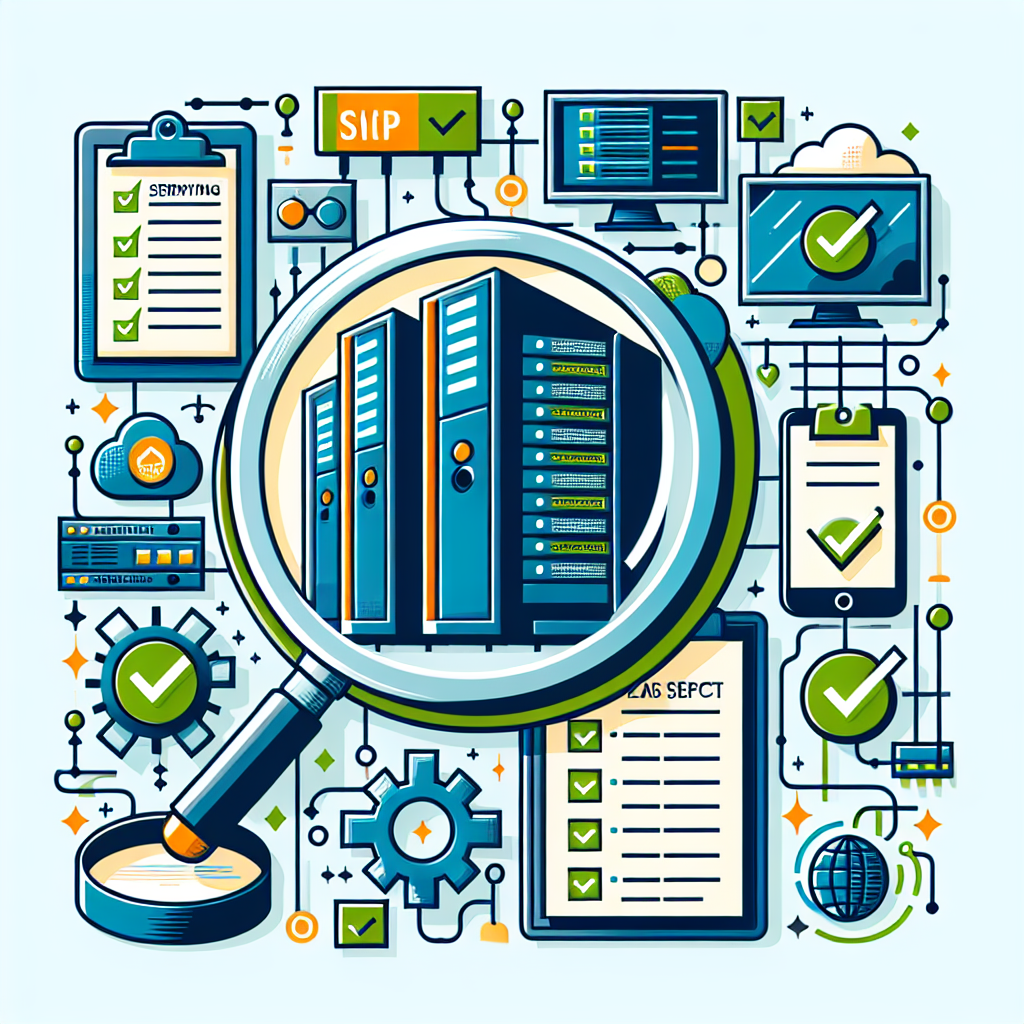Fix today. Protect forever.
Secure your devices with the #1 malware removal and protection software
A data center is a critical component of any organization’s IT infrastructure. It houses servers, storage devices, networking equipment, and other hardware that are essential for storing and processing data. Therefore, it is important to regularly conduct a comprehensive data center audit to ensure that everything is running smoothly and efficiently.
Here are some best practices and tips for conducting a thorough data center audit:
1. Define the scope of the audit: Before starting the audit, it is important to clearly define the scope of the audit. This includes determining which components of the data center will be audited, such as servers, storage devices, networking equipment, cooling systems, and power distribution units.
2. Create a checklist: Develop a checklist of items to be audited, including hardware inventory, software inventory, network topology, power consumption, cooling efficiency, and security measures. This checklist will help ensure that all aspects of the data center are thoroughly examined.
3. Document existing infrastructure: Take detailed notes and photographs of the existing infrastructure, including server racks, cabling, and power distribution units. This documentation will serve as a baseline for comparison during future audits.
4. Check for compliance: Ensure that the data center is compliant with industry standards and regulations, such as ISO 27001, PCI DSS, and HIPAA. Check for any gaps in compliance and develop a plan to address them.
5. Test backup and disaster recovery systems: Test the backup and disaster recovery systems to ensure that data can be recovered in the event of a hardware failure or natural disaster. Verify that backups are being performed regularly and that data can be restored quickly.
6. Monitor power and cooling efficiency: Measure power consumption and cooling efficiency to identify any inefficiencies or areas for improvement. Implement energy-saving measures, such as consolidating servers, virtualizing applications, and optimizing cooling systems.
7. Review security measures: Evaluate the physical security of the data center, including access controls, surveillance cameras, and alarm systems. Perform vulnerability assessments and penetration tests to identify any security risks and address them promptly.
8. Conduct regular audits: Conduct regular audits of the data center, at least once a year, to ensure that everything is functioning as expected and to identify any potential issues before they become critical.
In conclusion, conducting a comprehensive data center audit is essential for ensuring the smooth and efficient operation of an organization’s IT infrastructure. By following these best practices and tips, organizations can identify areas for improvement, mitigate risks, and ensure the security and reliability of their data center operations.
Fix today. Protect forever.
Secure your devices with the #1 malware removal and protection software

Leave a Reply
You must be logged in to post a comment.